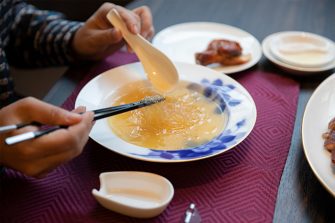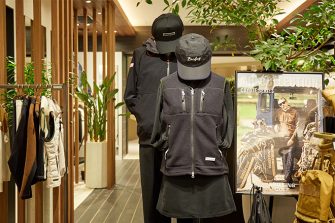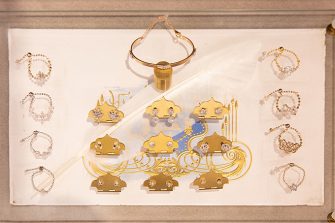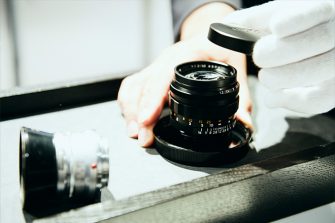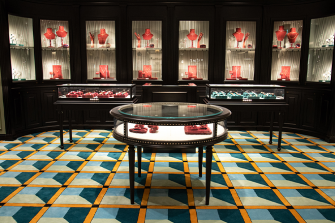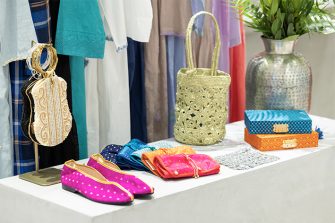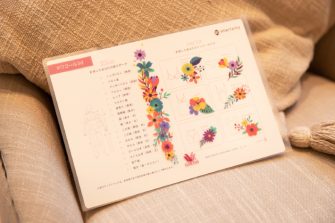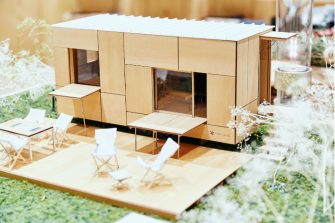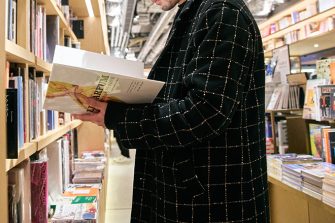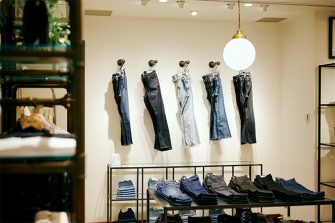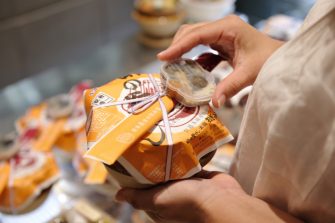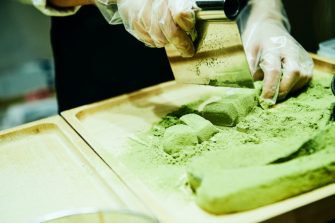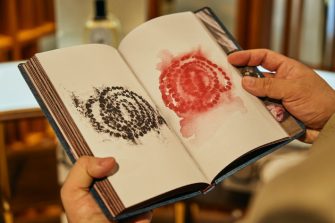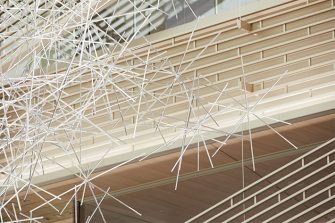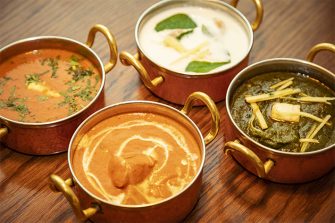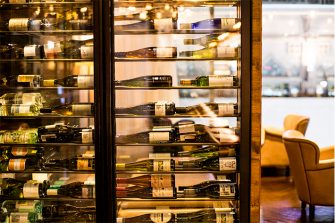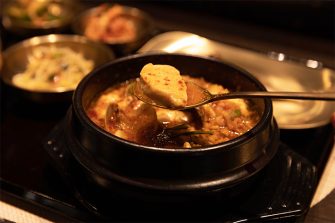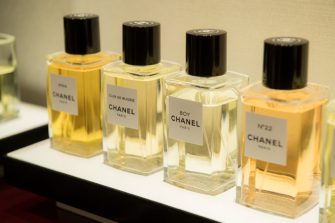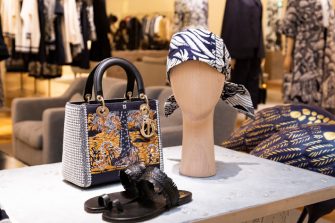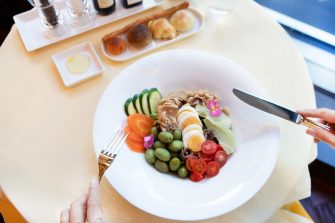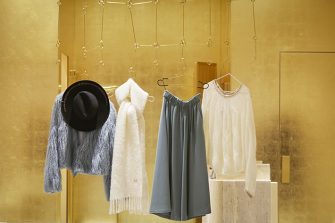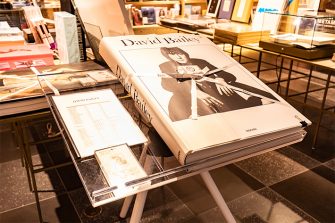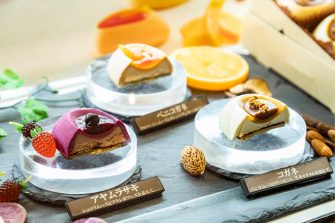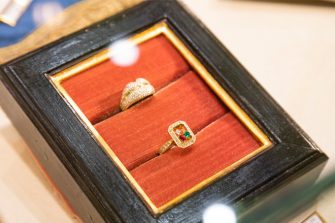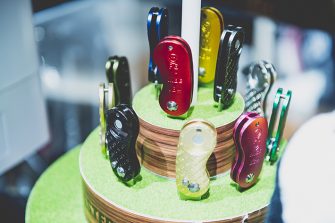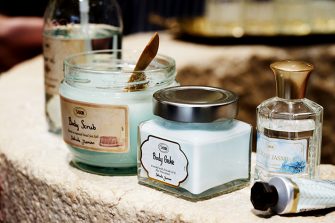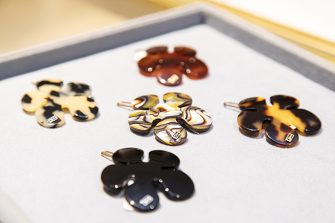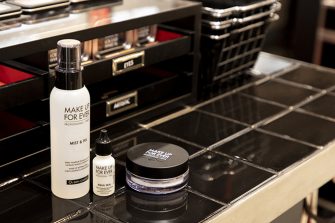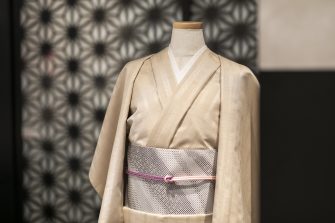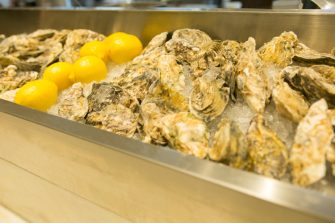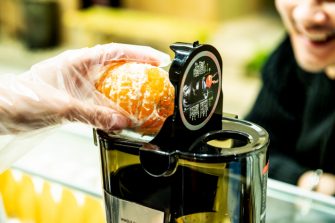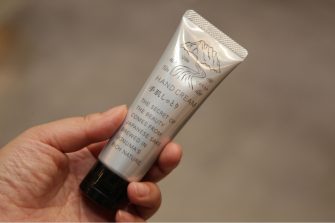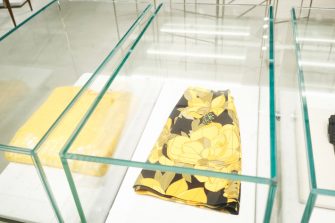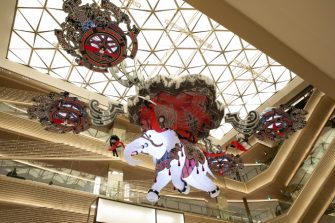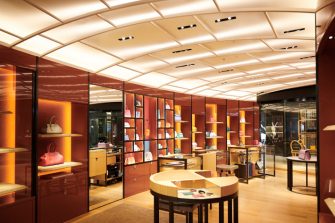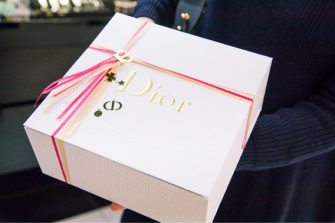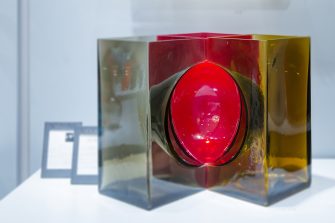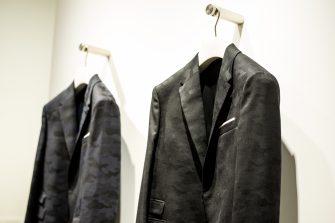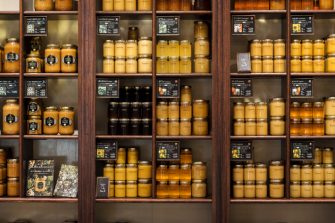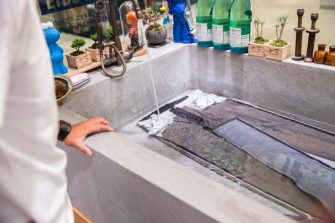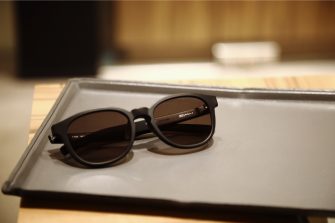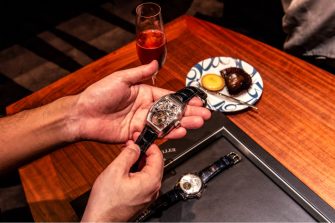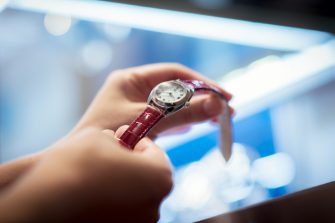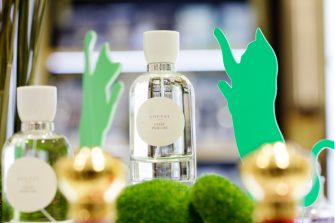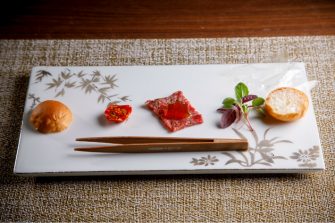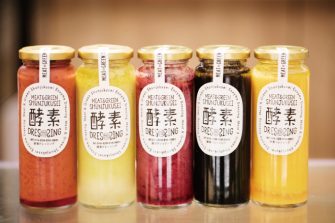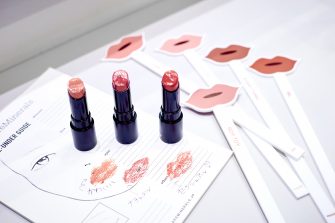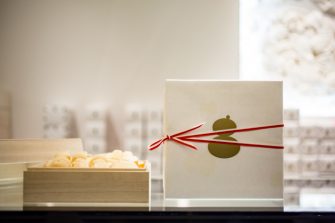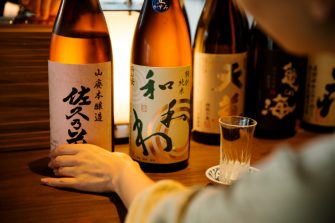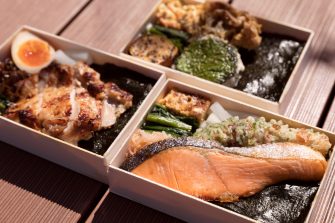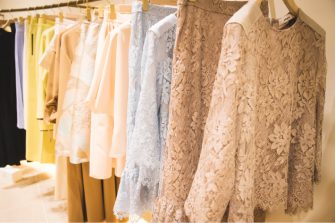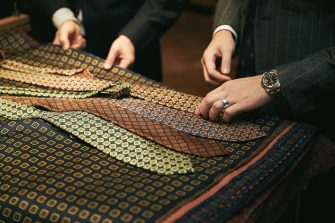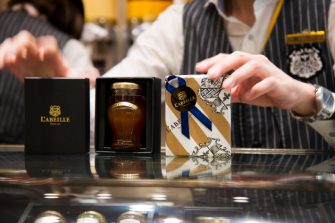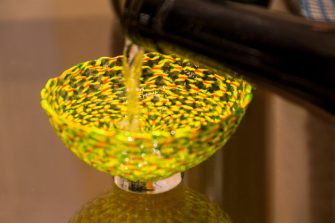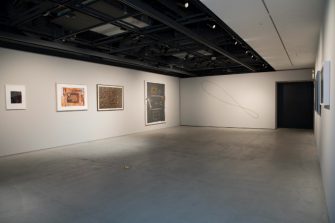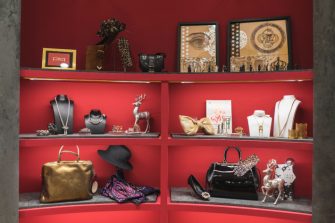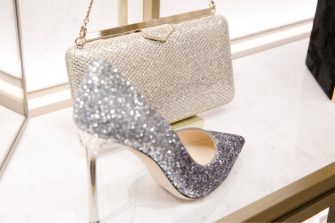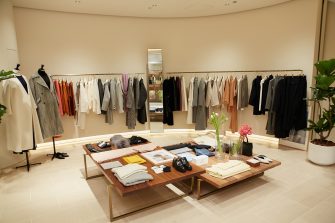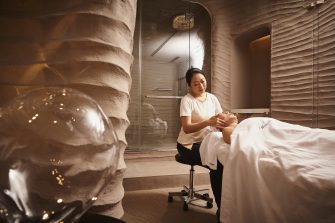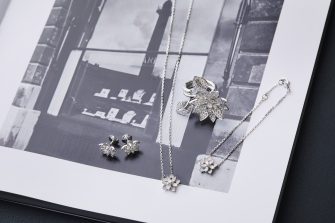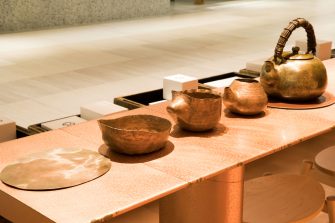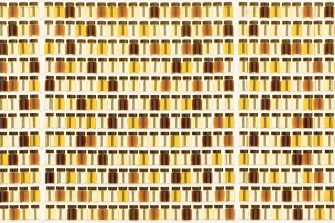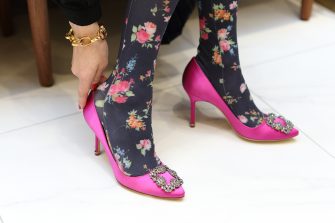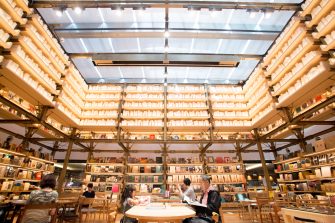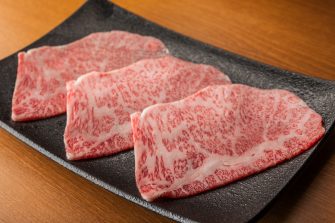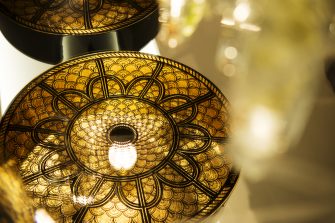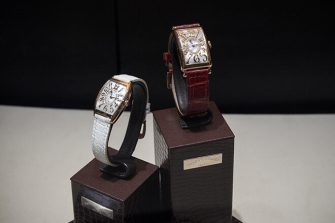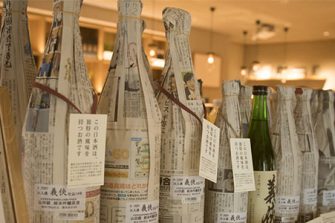

GINZA SIX EDITORS
时尚、珠宝&手表、生活方式、美容、食品…
精通各种类型的个性丰富的编辑们,在GINZA SIX上闲逛
记述走路发现的乐趣。
向世界发出信息的GINZA SIX的《和的精髓与革新》 Conveying Japanese Essence and Innovation at GINZA SIX
伊藤文
GINZA SIX EDITORS Vol.1(Food)
拙者在佛22年。一年三次回国,享受东京散步的乐趣,今年的Bic新闻是GINZA SIX的开放。自古以来就热爱昭和风吹过、充满文化气息的银座,GINZA SIX从其氛围中也传达了对“将和之精髓作为革新传达”使命的觉悟。穿过以“ひさし”和“门帘”为印象的法萨德,从中庭的天花板上掉下来,通过和纸被引导到柔和的光线。从产生流行、文化的圣地开始,日本传统向世界传播,可以看到它的未来。我自己在巴黎主持着名为“DOMA”的网络媒体,通过饮食加深对日法的理解的活动。因此,GINZA SIX的使命在散步中回响。
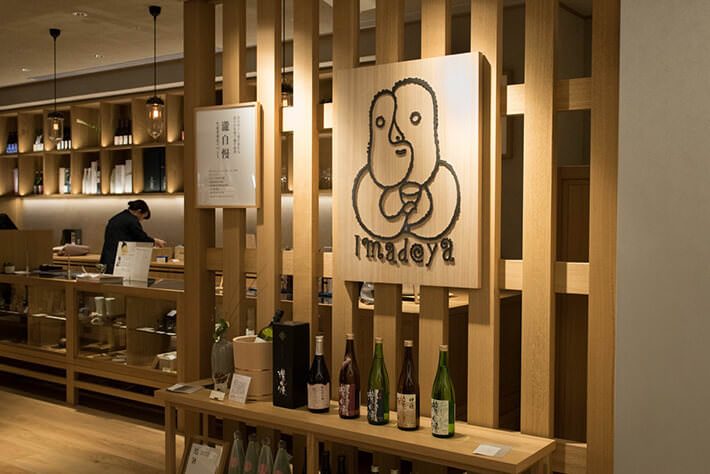
地下2楼特别抓住我心的是酒店“现在银座”。以调度和地板为首,用木调展开的空间。柔和的温暖,让人感受到了挺直腰板的匠的坚持。第二代“现在”小仓秀一社长的想法充满了珍惜与酒、制造者的相遇,想要从仓库这个制作现场传达一瓶酒的故事。
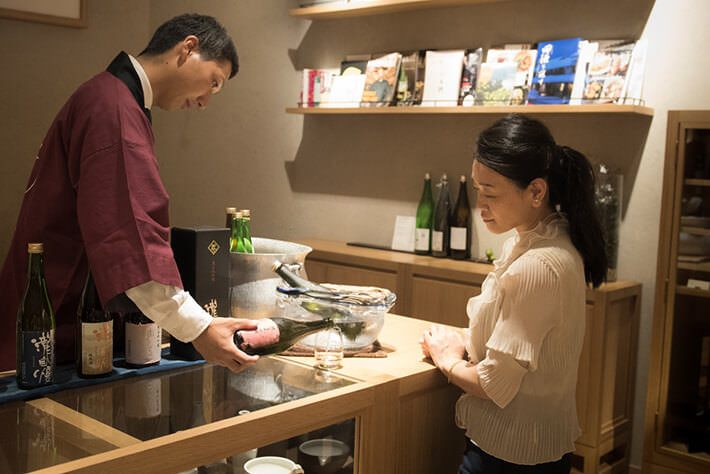
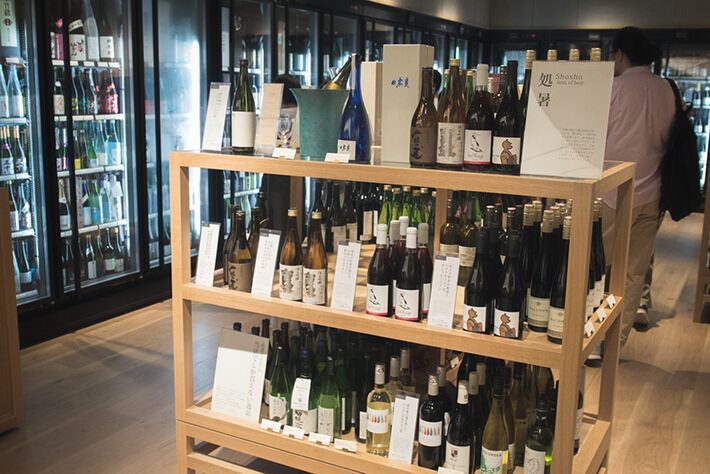
之所以想频繁地去“现在”,是因为为了让客人也能体会到社长自身感受到的感动,设置了一期一会的装置。在“角打”环节,建议每天更换藏元的收费试饮。采访日试饮了三重名酒“泷自豪”推荐的6种酒。另外,配合二十四节气,配合季节的酒类选择也在排队。“处暑”之际,“我们的目标是取代啤酒的凉夏日本酒”“宝剑凉香吟酿”,“芳醇却轻快的美味西酒造的麦烧酒”“一粒麦子”等等。从登载了俳句般词的名牌文中,也能描绘出今天餐桌的想象。
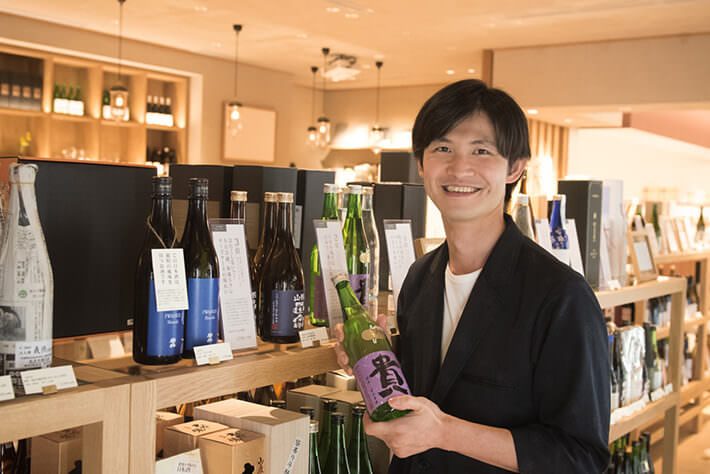
真正的顶峰是“现在”于2017年春开设本公司库房开始的长期成熟日本酒的提案。小仓社长果断地与海外进行交易,根据各日本酒所具有的特性,切实感受到和葡萄酒一样日本酒也有复古的可能性,挑战引出日本酒味道的新可能性。作为店长的大川翔平先生细心的导游,试着接触一下至今为止从未品尝过的日本酒的魅力吧。
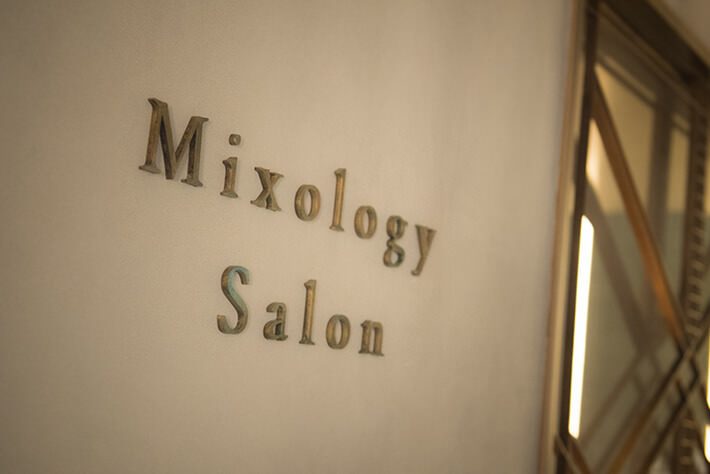
另外,餐厅楼13楼的“mixi沙龙”也是一定要来的鸡尾酒吧。老板是在东京开办5家店铺的mixi师南云主于三。mixi是指超越以往食谱的界限,在自由的想法下创造出新的鸡尾酒的新方法。事实上,南云先生曾在巴黎举办过鸡尾酒和料理的Mariagedner,我也受到了帮助的侥幸。作为对味道很吵的巴黎美食家,得到了“这是让葡萄酒忘记的鸡尾酒”的好评。
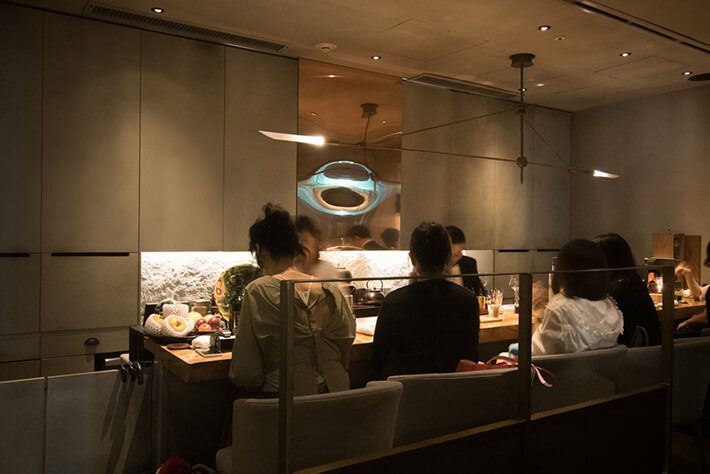
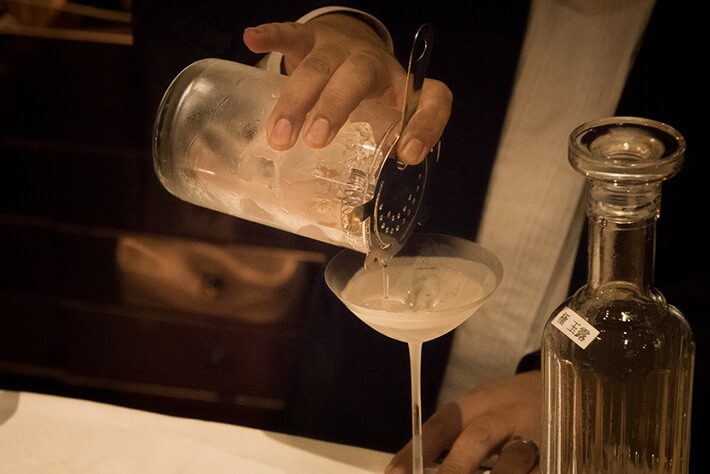
在银座的沙龙里,有著作,以古典鸡尾酒为权威的伊藤学先生担任首席调酒师。在mixi这个舞台上,伊藤先生想要挑战新的鸡尾酒的想法很热烈,在南云先生的食谱中升华了。
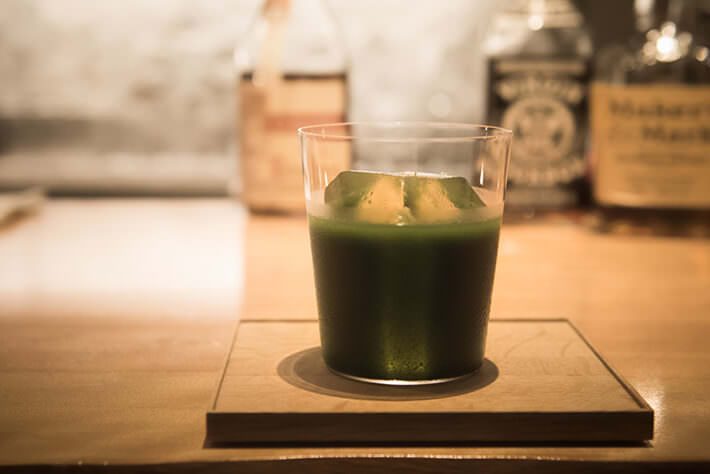
这个银座店的中心是“日本茶”。在伏特加里泡自制荞麦茶,散发出香味的液体为基础,加入新鲜的菠萝,撒上味增粉的“荞麦茶鸡尾酒”,还有将玉露奢侈地浸泡玉露香味的伏特加的“玉露马蒂尼”。巴本威士忌和宇治抹茶的Mariage很美的“绿茶餐厅”等。无论哪一种,都是将茶的魅力通过鸡尾酒磨砺而出的杰作。

打开面向世界舞台的人,正因为不了解传统,彻底追究素材,才有创造新的价值和文化的力量。无论是“现在银座”还是“mixsoloji沙龙”,都是通过向世界夸耀的食物,能遇到日本文化未来可能性的地方。
Text:Aya Ito Photos:Masatoshi Uenaka Edit:Yuka Okada
I’ve lived in France for 22 years and return to Japan three times a year. I always enjoy walking around Tokyo. The big news this year was the opening of GINZA SIX. I’ve loved Ginza forever and its cultivated Showa-era atmosphere. But from its appearance alone, you can see that GINZA SIX has set itself the mission of conveying the Japanese essence and innovation. I pass through the entrance façade, reminiscent of traditional eaves and shop curtains, and find myself drawn to the soft light descending from the atrium ceiling and emanating through traditional Japanese paper. I feel that I can see what lies ahead, how Japanese traditions will be broadcast afresh to the world from this sacred ground of Ginza, a long-time generator of culture and the latest trends. I run DOMA, an online media site based in Paris, and work in various ways to deepen understanding between Japan and France through food. So GINZA SIX’s mission, as I walk here, really hits home.

I was especially taken with Imadeya Ginza on the second basement floor. Starting with the flooring and furnishing, wood and wood tones are prominent throughout the space. And within this warm and inviting space, one senses the disciplined craftsmanship of true artisans. This likely stems from the high-value that second-generation president Shuichi Ogura places on sake itself, from his meetings with sake producers and his desire to tell the story behind each and every bottle, straight from the breweries that produce them.


Imadeya inspires frequent and repeat visits because it’s designed to create unique encounters that allow customers to experience the enthusiasm of the company president himself. At the kaku-uchi tasting counter, you can pay to sample a rotating daily selection of local sake. On the day I visited, one could sample six types of recommended sake from Takijiman, a brewer in Mie Prefecture. Also offered was a selection of seasonal sake based on the 24 traditional divisions of the solar year. The shosho (end of summer heat) season featured Hoken Ryokaginjyo (a cool summer sake to stand in for beer) and Hitotsubu no Mugi (a mellow, yet crisply flavored barley shochu made by Nishi Sake Brewing). The haiku-like descriptions on the name cards pique the imagination for the day’s meal.

Having opened up its own cellars in spring 2017, Imadeya perhaps displays its true strengths in offering aged sake. Ogura, who has also taken the initiative in pursuing business overseas, acutely perceives the potential of sake vintages, as with wine, based on the characteristics of each sake and is taking on the challenge of drawing out new possibilities for Japanese sake appreciation. Under the expert guidance of store manager Shohei Okawa, you can experience the depth of sake’s appeal in ways you may have not appreciated before.
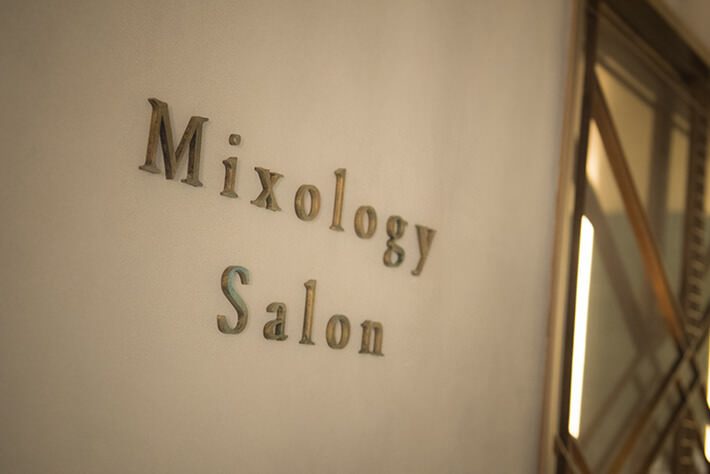
Another place I recommend highly is Mixology Salon, a cocktail bar on the 13th (restaurant) floor. It’s owned by mixologist Shuzo Nagumo, who’s opened five establishments in Tokyo. Mixology is a new technique for creating new cocktails based on innovative concepts. Nagumo has already held a dinner event in Paris pairing cocktails and cuisine, to which I’ve personally had the good fortune to contribute. That event was a major success, with some Parisian connoisseurs, notoriously difficult to please, commenting on how the cocktails made them forget about wine.


At the Ginza establishment, Manabu Ito, author and influential personage in the world of classic cocktails, serves as chief bartender. Ito is passionate about cocktails and tells me he wants to seek out new challenges on the Mixology stage. It’s this passion that helps bring Nagumo’s recipes to life.

Ginza Mixology revolves around the idea of the Japanese tea. Homemade soba tea is steeped in vodka to bring out the aroma and to create a liquid base, to which the mixologist adds fresh pineapple and a sprinkle of miso powder. This is the Soba Tea Cocktail. The Gyokuro Martini is mixed by steeping copious amounts of high-quality gyokuro green tea in vodka to bring out its flavor. The Green Tea Fashioned is an exquisite fusion of bourbon whiskey and Uji matcha green tea. These and others are masterpieces that refine and underscore the appeal of tea.

People capable of opening new pathways have the ability to create new value and culture precisely because they’ve mastered traditions and made an exhaustive study of materials and ingredients. Imadeya Ginza and Mixology Salon are both places where, through world-renowned cuisine, visitors can encounter the future potential of Japanese culture.
Text:Aya Ito Photos:Masatoshi Uenaka Edit:Yuka Okada
伊藤文
饮食执笔家、翻译家。著作有《法国点心特产旅行》、《骑自行车在巴黎奔跑吧》、翻译书中有格林莫·德·拉·雷尼埃尔著的《招客必携》、乔尔·罗布森著《罗布斯自传》、弗朗索瓦·西蒙著《巴黎的愚蠢大喰》等。近著有“巴黎,柜台吃饭(2016年7月刊)。 日法双语者的饮食网络杂志&活动策划“DOMA”主持运营(http://domapress.com)。
2017年9月末开始在MAG2上发布“美食大国法国周刊食品相关新闻”。


